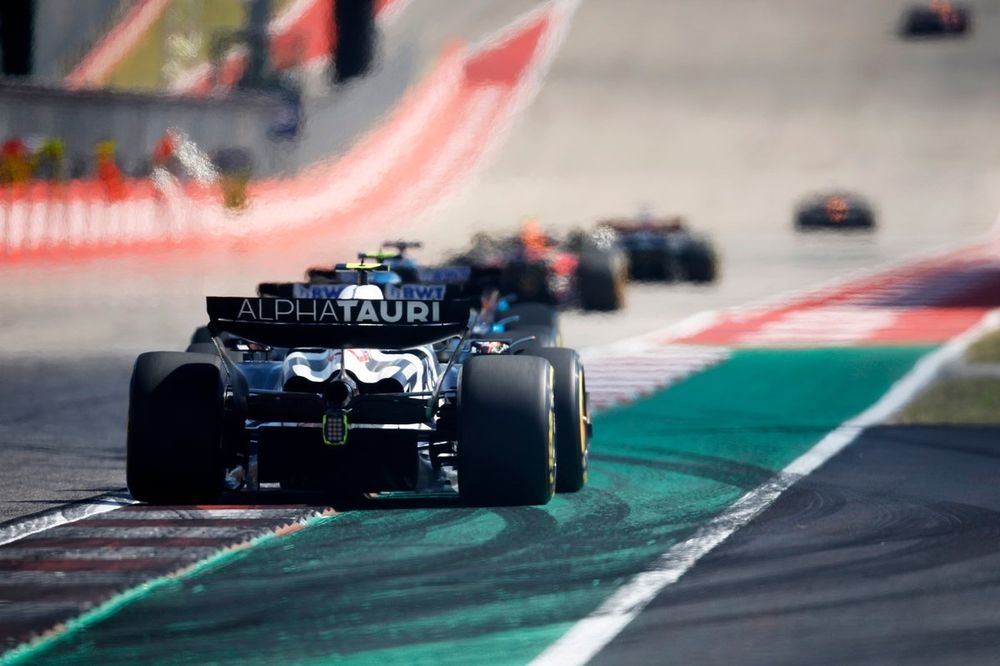Track limits are a key part of a Formula 1 track and ensure that all the drivers stay within the boundaries. They’ve proven to be a controversial issue for drivers this season with multiple penalties being handed out for track limit violations.
What are track limits in F1?
Track limits are the white lines that run around the edge of the circuit and set a boundary that the drivers are not allowed to cross.
Drivers are not allowed to exceed these limits and can face a penalty if all four wheels are over the defined boundary. FIA stewards can serve the drivers with a penalty if they believe an advantage has been gained.
Why does F1 have track limits?
Track limits mark the edge of the track and, without them, drivers could use some corners to gain an advantage. As an example corners without grass or gravel on the entry or exit could be used to take a wider line through the corner, increasing a car’s minimum speed and allowing a driver to carry more speed through the corner, reducing lap time.
Why are penalties given for track limits infringements in F1?
Track limit violations can have varied penalties depending on which sessions the drivers are taking part in. During a practice session any violations will typically result in the car’s lap times being deleted, but the driver won’t be penalised with anything stricter, even if they exceed track limits multiple times.
During qualifying, drivers will also face their lap time being deleted, which can increase pressure on a driver as a lap time deletion could mean they lose places on the starting grid or, worse, miss out on getting to the next session.
On most corners of a track, exceeding limits will result in a deletion of that lap, however if a driver commits the violation on the final corner onto the pit straight, the next lap time will also be deleted.
During a grand prix, each driver is allowed three track limits violations before they are shown a black and white flag, which warns them that the next infringement will result in a penalty. A further violation will result in a five-second penalty and a fifth violation will see the driver given a 10-second penalty.
Photo by: Red Bull Content Pool
Yuki Tsunoda, AlphaTauri AT04
At the United States GP there were 76 lap times deleted. Many drivers praised the quick response of the stewards but insisted that a longer-term solution should be found, with Valtteri Bottas saying: “It makes it slightly easier. There’s just…
Click Here to Read the Full Original Article at Autosport.com – Le Mans – Stories…

